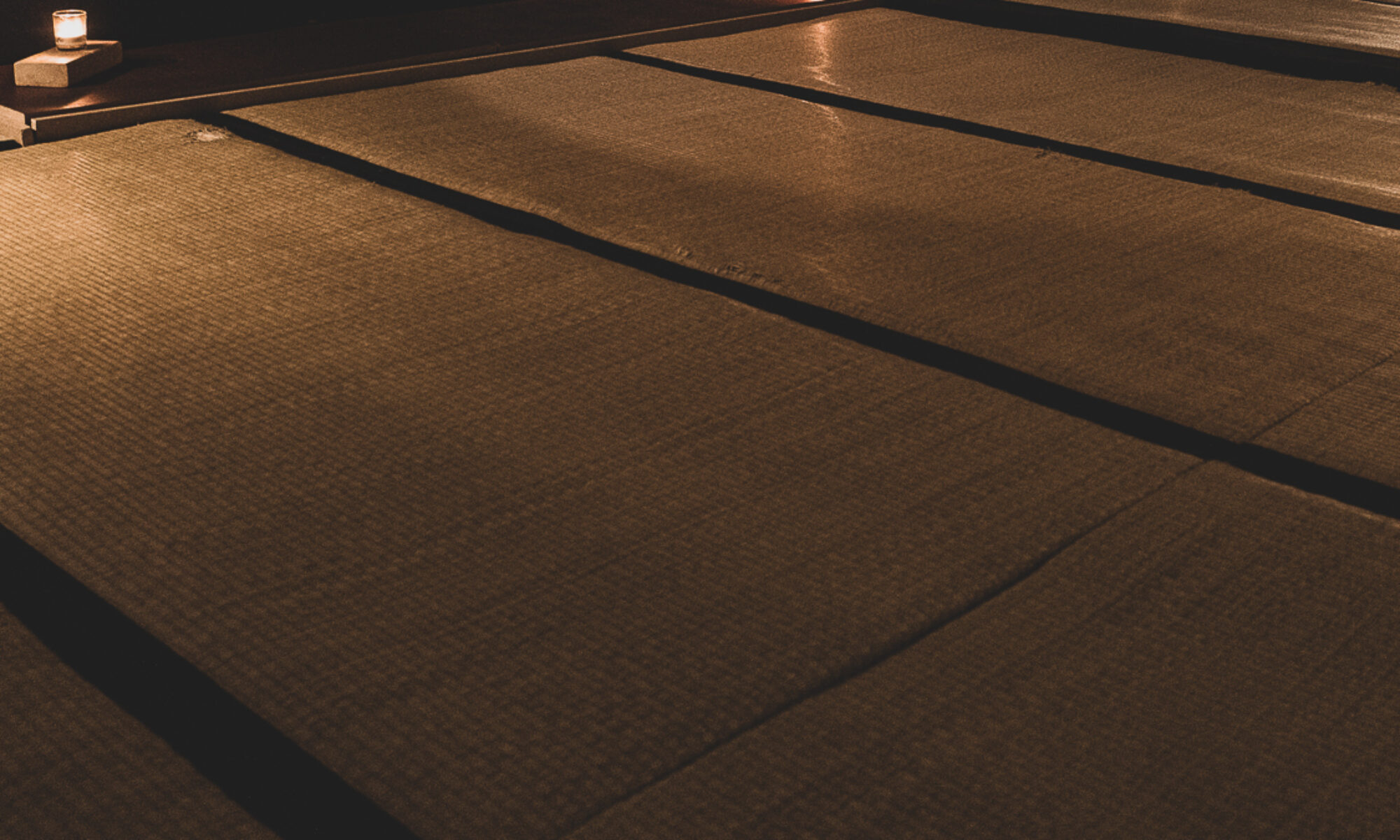Kinbaku is the art of binding willing people with rope. There are several applications and styles.
The Dojo focuses on developing an art and a physical discipline that allows us to discover and explore the other, ourselves, what unites and separates us, without forgetting the original goals of ropes, which is the interplay between the protagonists and aesthetic exploration.
Our style is often described as minimalist and organic, based on movement.
This physical art aims to explore our inner nature and find our freedom, using pure and effective movements in a spirit of self-discovery and exploration of oneself and the other.
Five elements guide the practice:
- Foundations. Basic techniques, safety tips, body work and particularly posture, grounding, and neutrality, are the foundation of the practice. By developing a deep understanding of these elements, practitioners can develop a personalised practice and express themselves in a unique way.
- Fluidity or the birth of creativity. Through intelligent manipulation of the body, deconstruction of basic techniques and combination of them, practitioners are invited to unleash their creativity and express themselves freely and naturally.
- Meaning. Giving meaning to one’s practice is important. Whether it is related to the other, intimacy, relaxation and escapism, primal instinct or aesthetic exploration, strategies need to be put in place to achieve it. Time management, breathing, speed control, introduction of new elements, all these aspects will help us give meaning to our practice.
- Influence. The importance of being open to other practices, environments, contexts, the other, risk and the unknown is an integral part of this art. The integration of other physical, artistic and human activities is essential to nourish one’s practice.
- Mindfulness or emptiness. Absence as well as full presence of mind in a position of non-duality, freedom, harmony and acceptance are essential principles of this art. By being present in the moment, in a breath, a flow, this art allows us to liberate ourselves inside and free our mind.
To achieve this goal, sensitivity, listening and dialogue are tools that are just as essential and worked on as discipline and hyper-concentration.

